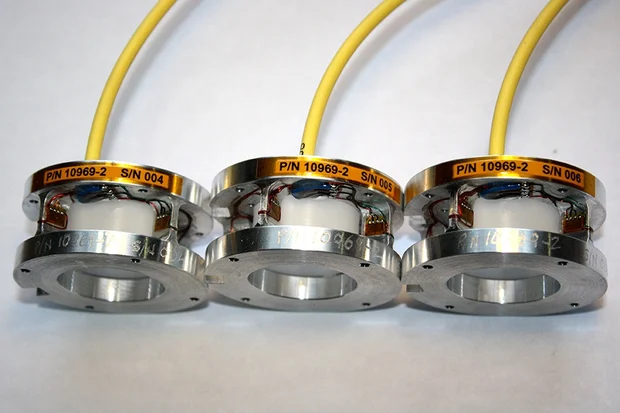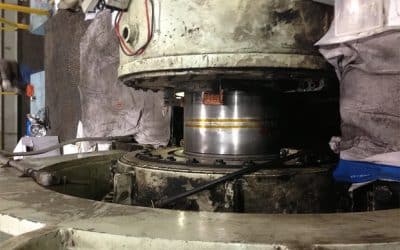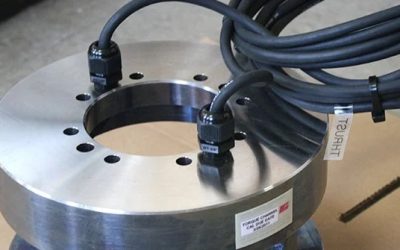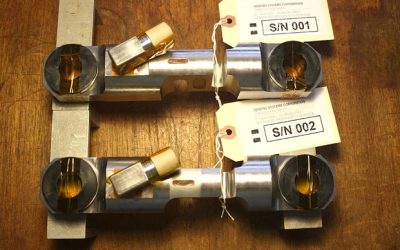When you need an extremely precise measurement or need a tool that can measure pressure, temperature, or some other force, load cells are most likely your best bet. But despite the fact that digital load cells are used across a wide variety of industries, a lot of people aren’t quite sure what they are or do — or which type of sensor would work best for a given job. When you know more about how load cell calibration is performed and which type of tool you should use, you’ll have the accurate results you need to do your job effectively.
What exactly is a load cell?
Simply put, this device senses the amount of force or weight that you want to measure and then converts that calculation into an electrical signal. This signal can then be sent to a device like a computer to record it in a digital format.
Which industries use these tools?
They can be used in all sorts of fields, but they’re often used in the automotive, manufacturing, pharmaceutical, and scientific industries. Essentially, any organization that requires extremely accurate measurements and/or may work with forces that can be a challenge to record in such a way can benefit from using these devices.
What are the basic types of load sensors?
Some devices are better suited for different jobs or environments than others. There are many different types of measurement tools, but here are a few of the main load sensors:
- Hydraulic
Ideal for hazardous or outdoor environments due to its lack of electrical components, these sensors can operate at temperatures that drop to -70 degrees Fahrenheit. They’re able to measure weight by how an internal fluid senses the changing pressure. Hydraulic load sensors are typically more expensive — but they’re also a worthwhile investment for many industries. These sensors measure pressure via a piston and cylinder; when the device senses a change in pressure, the piston moves and the reading is shown on the pressure gauge.
- Pneumatic
While hydraulic sensors use internal fluid, pneumatic sensors measure changes in air pressure. This type of sensor uses air pressure, applied at one end of a diaphragm, to determine the amount of force as air escapes through the nozzle at the bottom. They’re automatically designed to regulate the balancing pressure.
- Strain Gauge
Typically used for industrial projects, these sensors operate by converting pressure, weight, or other types of tension into electricity that can then be measured. They’re more challenging to use because the electricity generated is very small and must be amplified by another device.
If you’d like more information about strain gauging, force measurement, or load sensing equipment, contact Sensing Systems today.




